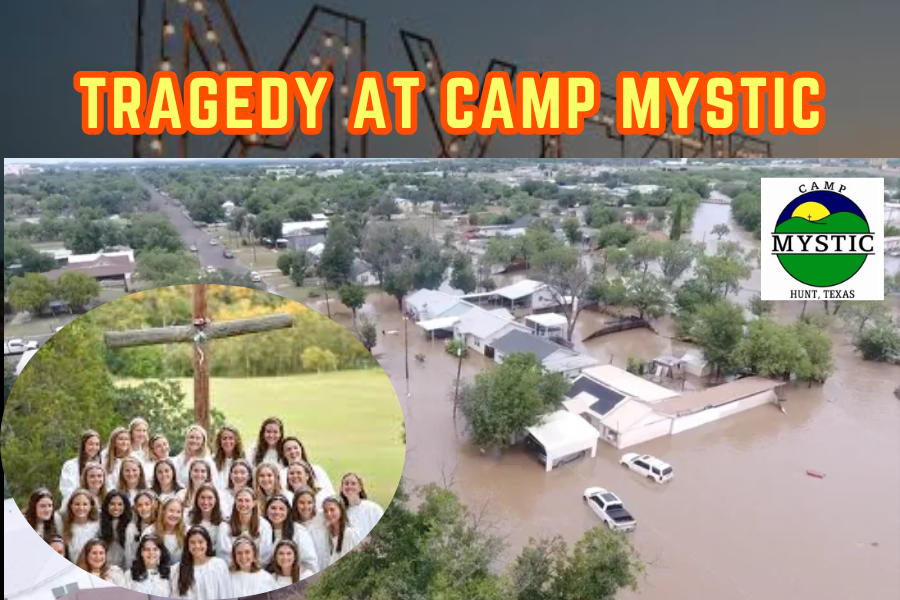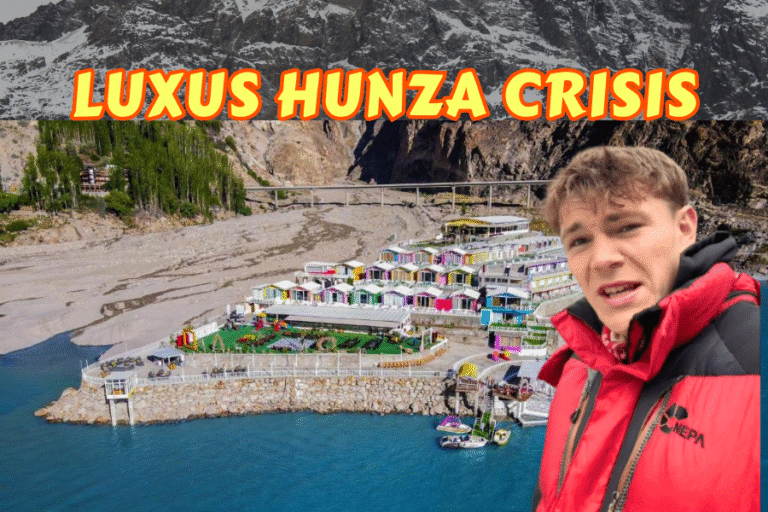(By Quratulain Khalid)
On 4 July 2025, catastrophic flash floods tore through Texas Hill Country, devastating Camp Mystic, a century-old Christian summer camp for girls in Hunt, Texas. The Guadalupe River, swollen by over 10 inches of rain in hours, surged by 26 feet in just 45 minutes, sweeping away cabins and leaving at least 23 girls, aged 7 to 17, unaccounted for out of the camp’s 750 attendees. As of 5 July, the disaster has claimed at least 27 lives in Kerr County, including Jane Ragsdale, director of nearby Heart O’ the Hills camp. Rescue operations, involving helicopters, drones, and over 500 personnel, continue amidst washed-out roads and communication breakdowns. This article, informed by recent reports, explores Camp Mystic’s history, the activities of its campers, the failure to warn, the ongoing crisis, and lessons for preventing such tragedies in Texas and beyond.
I. Camp Mystic: A Historic Haven for Girls
Founded in 1926 by University of Texas coach Edward James “Doc” Stewart, Camp Mystic is a private, nondenominational Christian summer camp for girls, located six miles south of Hunt, Texas, in Kerr County, approximately 100 km northwest of San Antonio. Nestled along the banks of the Guadalupe River, surrounded by cypress, live oak, and pecan trees, the camp spans two sites in Texas Hill Country, a region known for its scenic beauty but also dubbed “Flash Flood Alley” for its vulnerability to sudden deluges.
Camp Mystic caters to girls who have completed second grade, typically aged 7 to 17, offering two- or four-week sessions focused on “adventure, spiritual growth, and lifelong friendships” in a “wholesome Christian atmosphere.” The camp, owned since 1974 by Dick and Tweety Eastland, hosts around 750 campers each summer, drawing daughters of Texas’s political elite and families nationwide. Activities include swimming, rowing, horseback riding, tennis, and arts and crafts, with a strict no-technology policy to foster engagement. A video on the camp’s website showcases girls playing in the Guadalupe River and enjoying rustic cabins built in the 1920s.
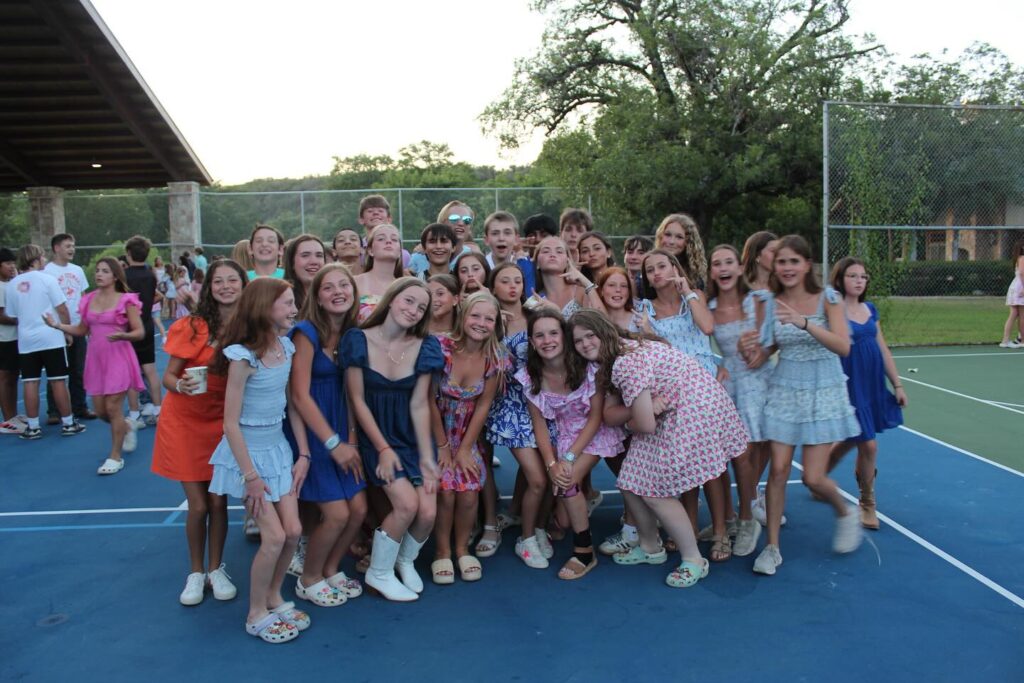
II. The 4 July Catastrophe: What Happened?
On Thursday night into Friday, 4 July 2025, Texas Hill Country was hit by torrential rainfall, exceeding National Weather Service predictions of eight inches, with some areas receiving up to 12 inches per hour. The Guadalupe River, adjacent to Camp Mystic, surged from 9 to 35 feet in under two hours, triggering a “deadly flood wave” that washed away cabins, vehicles, and a nearby highway. Of the 750 girls at the camp, 23 to 27 remain missing, with two, Renee Smajstrla and Janie Hunt, confirmed dead. Other missing campers include Eloise Peck, Lila Bonner, and a Sinclair School student, as reported by North Texas media and social media posts.
The floods killed at least 24 people in Kerr County and one in Kendall County, with Jane Ragsdale among the victims. By Friday evening, 237 people had been rescued, including 167 by helicopter, but Camp Mystic faced severe logistical challenges: no power, water, or Wi-Fi, and washed-out access roads. An email from camp officials to parents noted “catastrophic flooding” and confirmed that families of unaccounted-for campers were contacted directly, advising others to assume their children were safe.
III. Campers’ Activities and Vulnerability
At the time of the floods, Camp Mystic’s 750 girls were engaged in typical summer camp activities. Younger campers, aged 7 to 10, stayed in low-lying cabins near Cypress Lake and the Guadalupe River, participating in swimming, kayaking, and evening prayers. Older girls, at Senior Hill, were involved in horseback riding and team-building exercises. The camp’s no-technology policy, intended to promote a “wholesome” experience, meant campers lacked phones, hindering communication during the crisis.
The floods struck around 2 a.m., catching the camp unprepared. Cabins in low-lying areas were swept away, with survivors like Mariyah Bonilla recording dramatic rescues of girls clinging to trees. The camp’s rustic infrastructure, built nearly a century ago, was no match for the Guadalupe River’s unprecedented surge, which Kerr County Sheriff Larry Leitha described as the worst since 1987.

IV. Why Was Camp Mystic Not Warned?
The failure to warn Camp Mystic stems from multiple factors:
- Inadequate Forecasting: The National Weather Service predicted eight inches of rain, but the actual deluge exceeded forecasts, overwhelming local preparedness. Kerrville City Manager Dalton Rice noted the rainfall’s intensity was “unprecedented.”
- Geographic Vulnerability: Camp Mystic’s location in Flash Flood Alley, directly on the Guadalupe River, heightened its risk. Despite its history, the camp lacked robust flood defenses or elevated structures for all cabins.
- No-Technology Policy: The camp’s ban on devices delayed alerts, as staff relied on limited communication channels. NewsNation contributor Tracy Walder highlighted that this policy slowed information relay to parents.
- Delayed Evacuation: An overnight evacuation was attempted, but the rapid rise of floodwaters outpaced efforts. Texas Game Wardens arrived only after flooding began, evacuating survivors to higher ground.
Lieutenant Governor Dan Patrick acknowledged the communication breakdown, urging parents to remain calm but noting that missing girls might be stranded, not necessarily lost. The lack of real-time weather monitoring and emergency protocols at Camp Mystic exacerbated the crisis, underscoring the need for modernized safety measures.
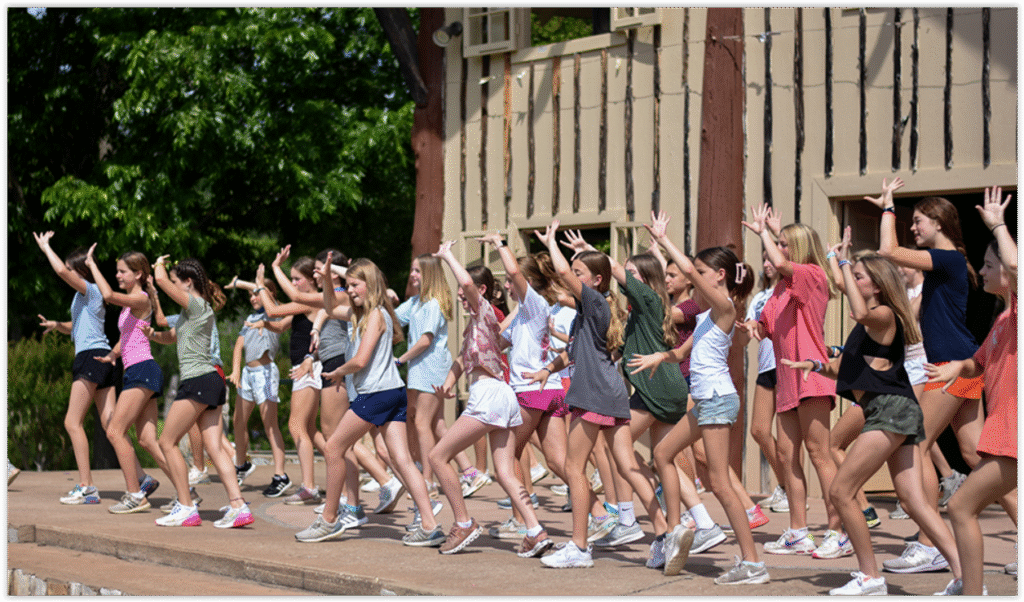
V. Current Situation: Rescue and Recovery Efforts
As of 5 July 2025, rescue operations at Camp Mystic remain intense. Over 500 personnel, including Texas Game Wardens, National Guard, and local volunteers, are deployed with 14 helicopters, 12 drones, and boats searching the Guadalupe River and Cypress Lake areas. Two girls have been rescued, found stranded on an “island” of debris, but 23 to 25 remain missing, with fears of rising casualties as floodwaters persist.
At a Friday night press conference, Sheriff Leitha reported ongoing searches, hampered by debris and washed-out infrastructure. Reunification efforts at Ingram Elementary School saw emotional scenes, with campers like Elizabeth Lester’s daughter reunited, clutching a teddy bear. President Donald Trump called the floods “shocking,” pledging federal aid, while Governor Greg Abbott declared a state of emergency. Social media posts, including by @PeytonYager, shared names and photos of missing girls, amplifying families’ pleas. However, false reports on X claiming all campers were found were debunked by Texas DPS, highlighting misinformation challenges.
Camp Mystic’s website issued a statement acknowledging cooperation with authorities but cited logistical barriers. Nearby Heart O’ the Hills camp, not in session, mourned Jane Ragsdale’s loss, confirming all its staff were accounted for. The Community Foundation of the Texas Hill Country is collecting donations to support recovery efforts.
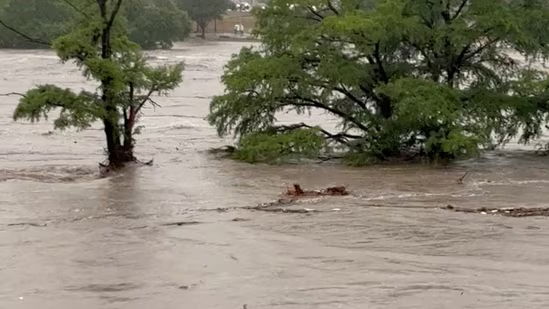
VI. Preventing Future Tragedies: Lessons for the US and Beyond
The Camp Mystic tragedy offers critical lessons for preventing such disasters in Texas, the US, and other countries , where flash floods are a recurring threat:
- Enhanced Weather Monitoring: Invest in real-time, hyper-local forecasting systems to predict extreme rainfall. The US should expand National Weather Service radar coverage in vulnerable areas like Texas Hill Country.
- Flood-Resilient Infrastructure: Camps and communities in flood-prone areas must elevate critical structures and install flood barriers.
- Emergency Communication: Override no-technology policies during severe weather alerts, equipping camps with satellite phones or emergency radios.
- Mandatory Evacuation Plans: Enforce preemptive evacuations based on weather warnings, with designated high-ground shelters. Kerr County’s delayed response highlights the need for drills, as practiced in Japan’s tsunami preparedness programs.
- Community Training: Train camp staff and local communities in flood response, including swift-water rescue. Australia’s flood-prone regions offer training models that Texas could adopt

VII. Conclusion: A Call for Action
The Camp Mystic tragedy, with 23 girls still missing and 27 lives lost, is a heartbreaking reminder of nature’s unpredictability and human vulnerability. Hunt, Texas, once a haven for laughter and faith, now grapples with loss as rescue teams scour the Guadalupe River. The failure to warn, rooted in inadequate forecasting and outdated infrastructure, demands urgent reform. Texas, the US, and others must invest in early warning systems, resilient designs, and robust emergency plans to prevent such devastation. As Camp Mystic’s families await news, the world watches, hoping for miracles but learning from tragedy. For other’s this is a moment to share its hard-earned expertise, reinforcing its role as a compassionate leader in disaster resilience.

